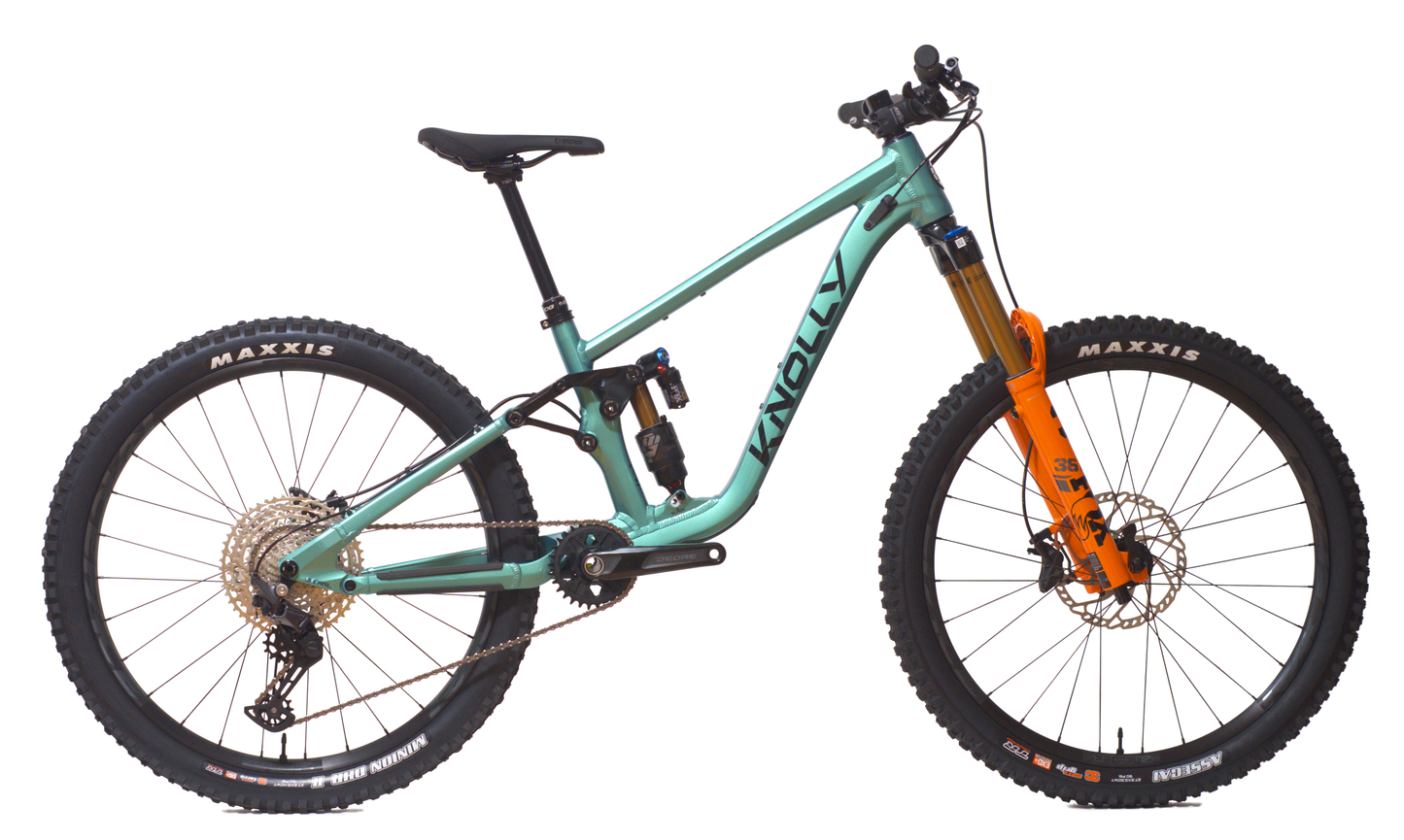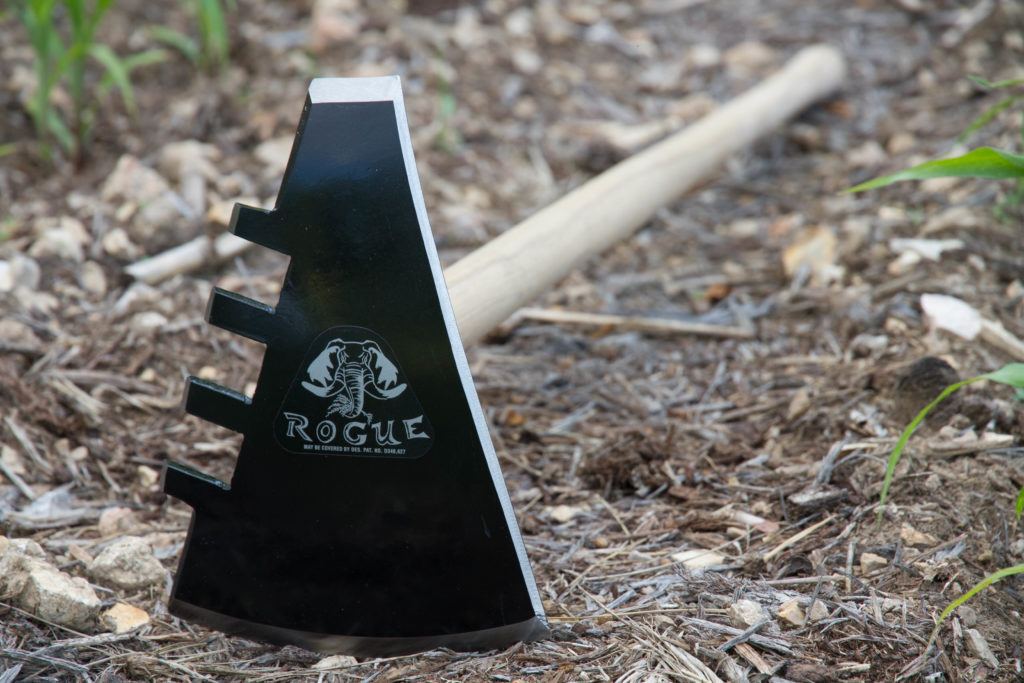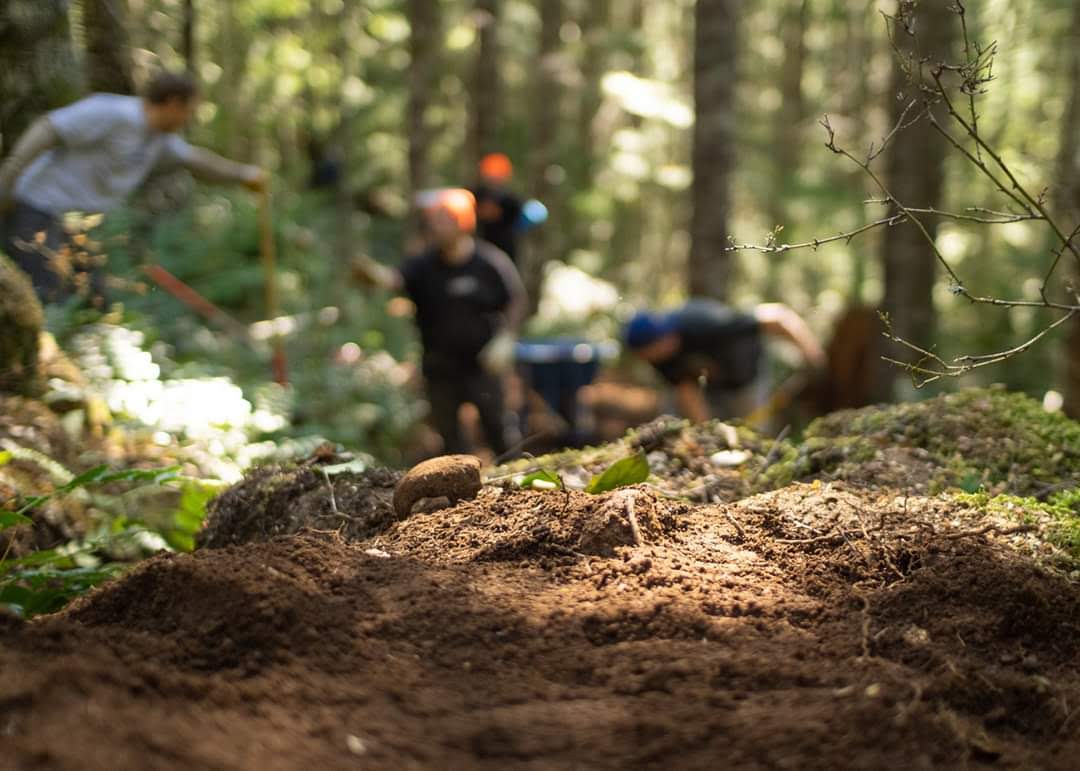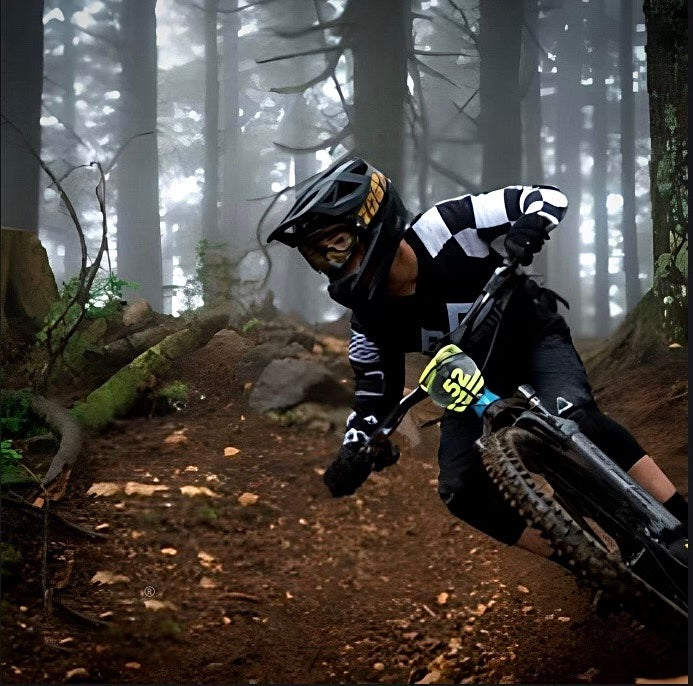This store requires javascript to be enabled for some features to work correctly.
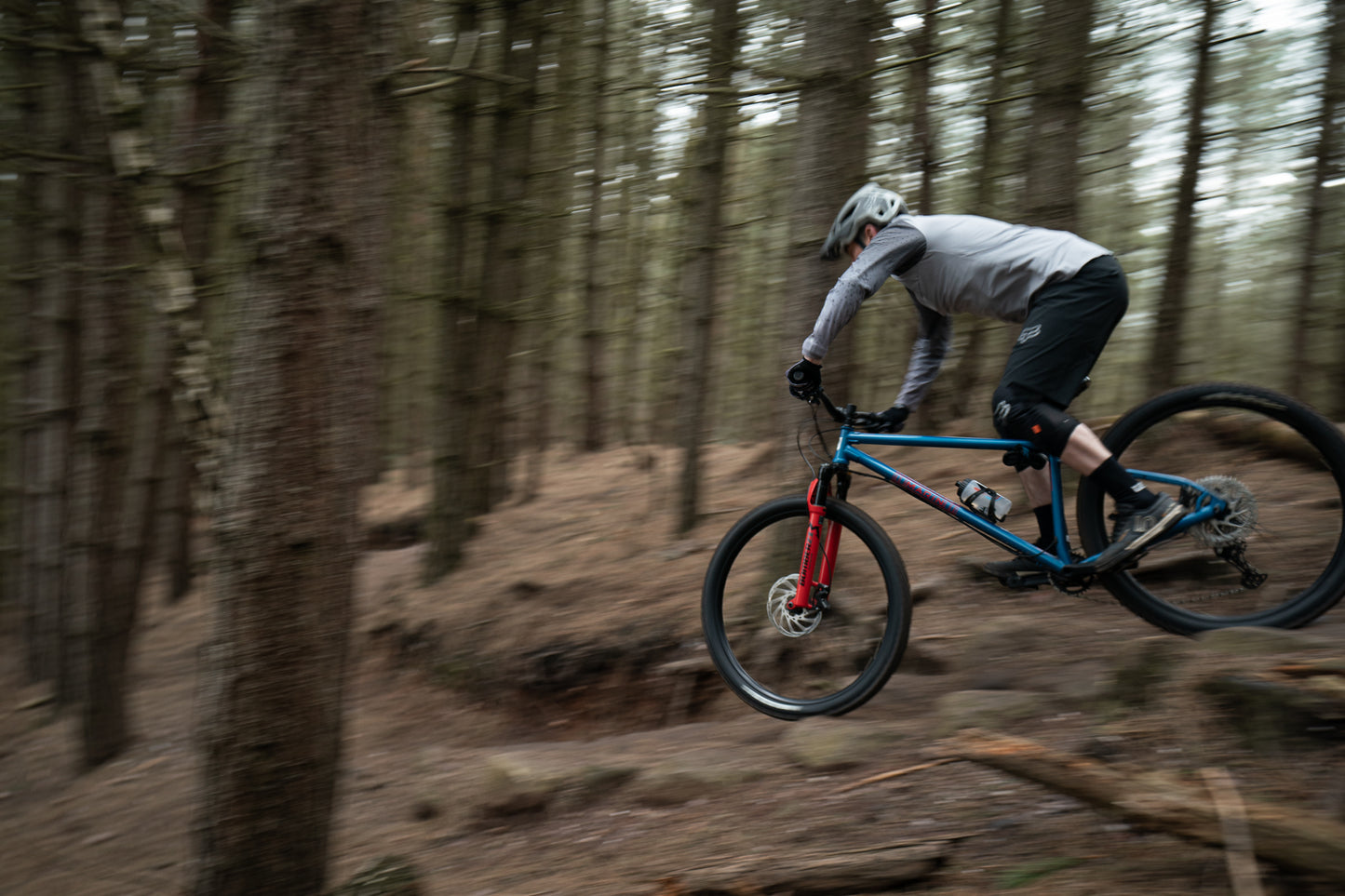
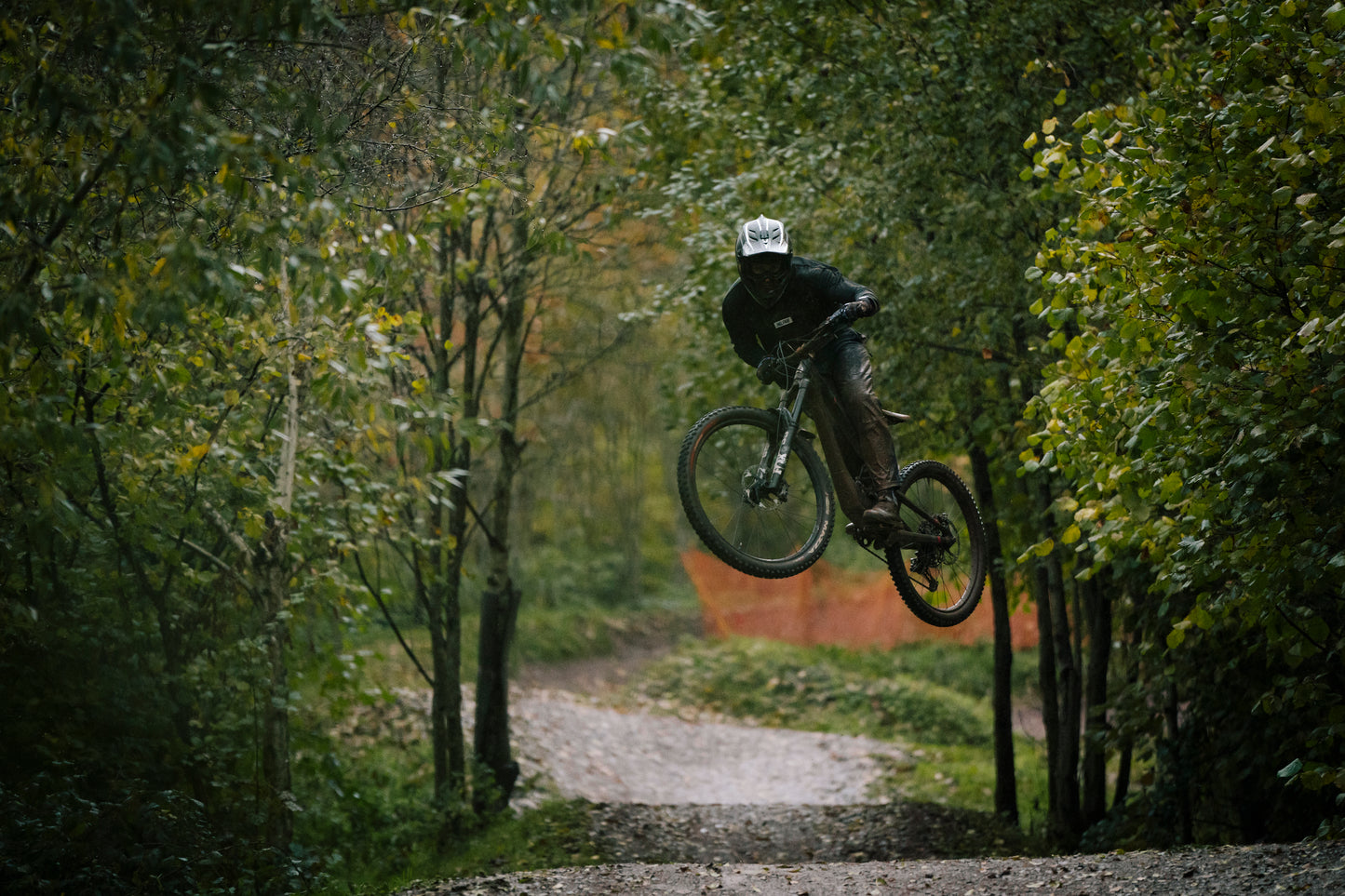
Your local bike shop!
Rogue Trail Tools!
TUW CREW BLOG
Trail Building
Trail building and what goes into it. Hear our point of view on the subject and feel free to reach out to discuss further. CLICK ON THE PHOTO TO LEARN MORE!
Mountain Biking - What to know!
What to know about bikes? Mountain biking is a great way to stay active and get outside, but it's important to keep your bike in good condition to ensure a safe and enjoyable ride. Regular maintenance and service can help your bike perform at its best and prevent mechanical issues that could lead to accidents or damage. Here are some tips for getting the most out of your mountain bike service: CLICK ON THE PHOTO TO LEARN MORE!
